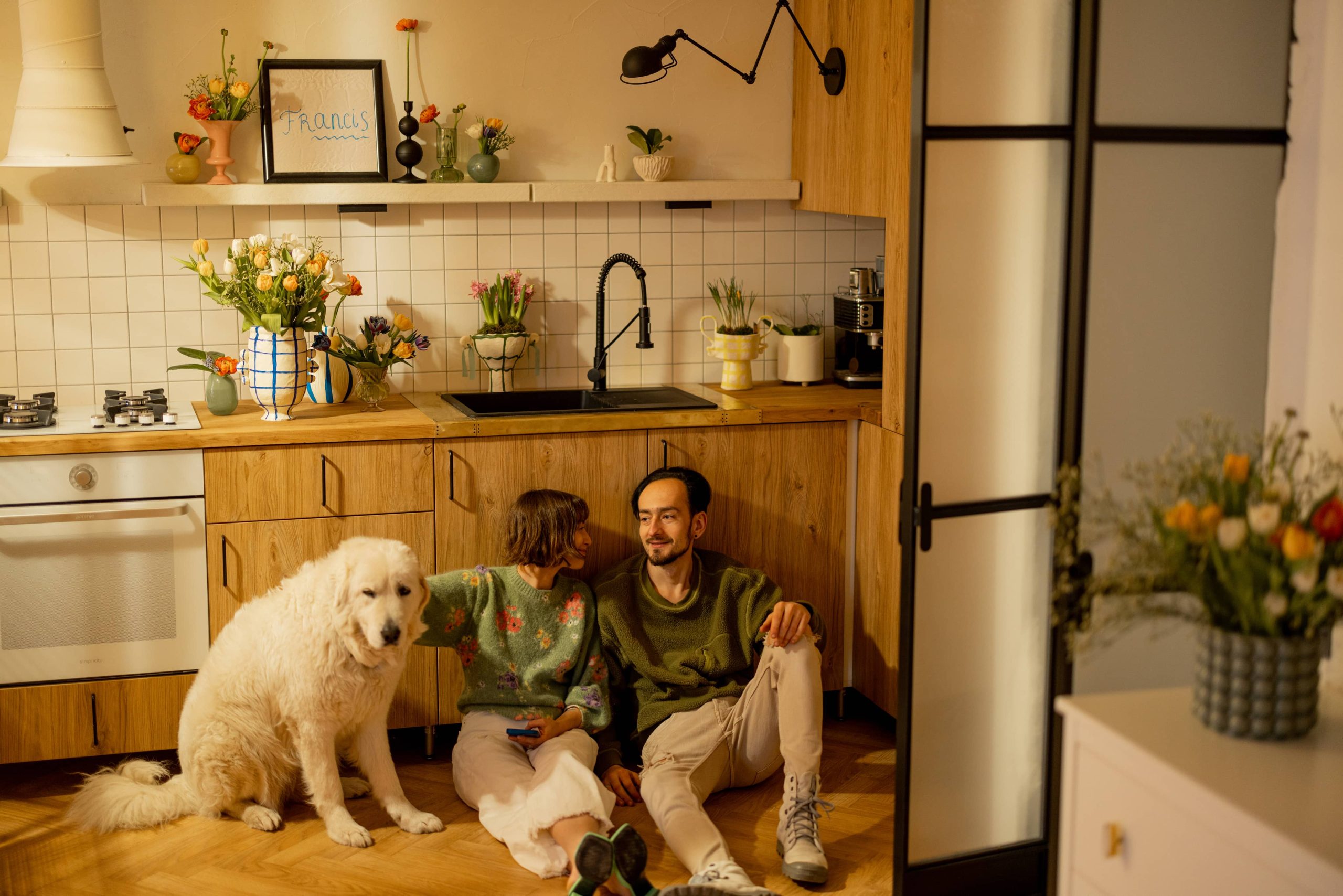
In the world of home organization, pet owners often find themselves grappling with the challenge of managing their furry friends’ belongings. From leashes and toys to grooming supplies and food, the list of pet essentials can quickly become overwhelming. Enter the pet closet—a dedicated space where storage and functionality converge to create a harmonious environment for both pets and their owners. In this blog post, we’ll explore the art of designing a pet closet that not only keeps your home tidy but also enhances the overall pet ownership experience.
Understanding the Need for a Pet Closet
Before diving into the design process, it’s essential to understand why a pet closet is a valuable addition to any home. Pets, much like humans, accumulate a variety of items over time. Without a designated space, these items can clutter your living areas, leading to disorganization and frustration. A pet closet provides a centralized location for all pet-related items, making it easier to find what you need when you need it. Moreover, it helps maintain a clean and tidy home, which is especially important for pet owners who value aesthetics and functionality.
Assessing Your Space
The first step in designing a pet closet is assessing the available space in your home. Whether you have a spare room, a corner in the garage, or a section of a hallway closet, the key is to identify an area that can be dedicated to your pet’s needs. Consider the size of your pet and the number of items you need to store. Larger pets may require more space for items like beds and crates, while smaller pets might need less room.
Planning the Layout
Once you’ve identified the space, it’s time to plan the layout of your pet closet. Start by categorizing the items you need to store. Common categories include:
– Food and Treats: Store these items in airtight containers to keep them fresh and prevent pests.
– Toys: Use bins or baskets to organize toys by type or size.
– Grooming Supplies: Designate a shelf or drawer for brushes, shampoos, and other grooming essentials.
– Leashes and Collars: Install hooks or pegs to keep these items easily accessible.
– Clothing and Accessories: If your pet wears clothing, consider adding a small rod for hanging items.
Choosing Storage Solutions
The next step is selecting storage solutions that fit your space and meet your needs. Here are some ideas to consider:
– Shelving Units: Adjustable shelves allow you to customize the space as your needs change.
– Bins and Baskets: These are perfect for organizing smaller items and can be labeled for easy identification.
– Drawers: Ideal for storing grooming supplies and other small items that need to be kept out of sight.
– Hooks and Pegs: Great for hanging leashes, collars, and other accessories.
Incorporating Functionality
A well-designed pet closet is not just about storage; it’s also about functionality. Consider incorporating the following features to enhance the usability of your pet closet:
– Feeding Station: If space allows, create a designated area for feeding. This can include a pull-out drawer for food bowls or a small counter for preparing meals.
– Cleaning Station: Install a small sink or a portable pet shower for easy cleaning after walks or playtime.
– Pet Bed or Crate: If your pet enjoys having a cozy spot to relax, consider including a bed or crate within the closet.
Personalizing the Space
Your pet closet should reflect your pet’s personality and your style. Consider adding personal touches such as:
– Decorative Elements: Use wallpaper, paint, or decals to add a pop of color or pattern.
– Photos and Artwork: Display photos of your pet or artwork that complements the theme of the closet.
– Name Tags: Label bins and baskets with your pet’s name for a personalized touch.
Maintaining the Pet Closet
Once your pet closet is set up, it’s important to maintain it regularly. Schedule time each month to declutter and reorganize the space. This will ensure that the closet remains functional and that you can easily find what you need. Additionally, regularly check the expiration dates on food and treats to ensure your pet’s safety.
Conclusion
Designing a pet closet is a rewarding project that can transform the way you manage your pet’s belongings. By creating a dedicated space for storage and functionality, you can enhance the overall pet ownership experience and maintain a tidy home. Whether you have a small corner or a spacious room, a well-organized pet closet is a testament to the love and care you have for your furry friend. So, roll up your sleeves, get creative, and start designing a pet closet that both you and your pet will adore.







